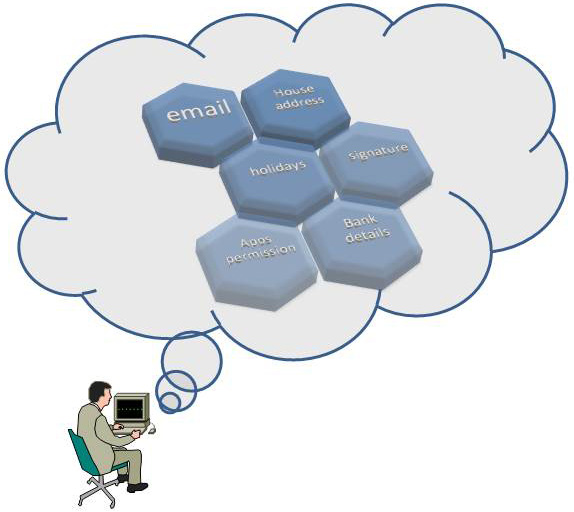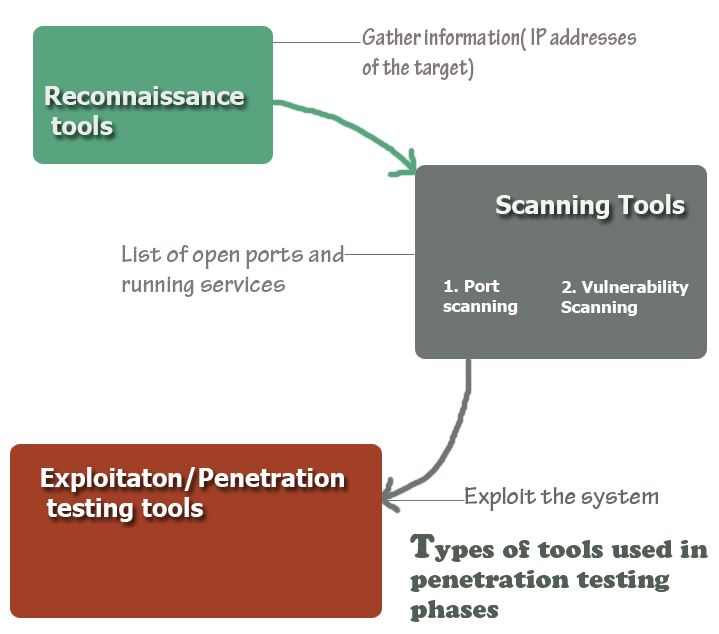When a piece of information is crucial and can cause serious damage to the national security can be considered classified information. Based on the severity of the damage, classified information can be categorized as top secret (if leaked can cause highest level of damage), secret and confidential (will not cause significant damage if confidential information get leaked).
You may have to hand classified information if you are working with intelligence agency or come across classified information for your professional reason. If you have vague idea of how to handle classified information, remember and follow the following general guidelines when you handle classified documents.
- If you are an approve custodian of classified information, you need to remember that it is your duty to protect the confidentiality of the information. You must safeguard this information or documents all the times. If this information get lost, disclosed or get compromised for any reason from you, you will be held accountable for it and may be persecuted according to the law of your local or state laws.
- Normally, when you join a job that requires you to handle with classified information, your supervisor or security office will brief you about their rules for handling sensitive documents. If you are not briefed for any reason or if you have doubt about anything, consult with your immediate supervisor for guidance.
- If you are a custodian of classified documents, you need to make sure that it is kept in a proper security container that is approved by the authority. When you are leaving office you need to ensure that all classified material is secured as per organizational security guidelines.
- When you find that classified document is unattended such as in someone’s desk, you need to ensure it security. You must inform about it to the security personals or the custodian the information. Do not leave the information in unattended state. You can either carry the information with you or hand it over to the proper person, or you can lock it in a safe place and then inform it to the authority.
- If you are working with classified material, do not carry it to your home. You must avoid working with classified document at home
- When you need to dispose classified information, do not dispose it in any waste basket. You can either shred or burn it so that information becomes irretrievable.
- You may have to send email for business reason or have to post information in the job board for recruitment. Before posting anything online or sending email make sure that your content does not have any classified information. If your organization has a policy for use of Internet, follow it and become absolute sure about which information is considered unclassified according to your organization’s policy.
- When you make a draft make sure if it conations any classified information. If your draft contains any sensitive information, you must destroy it properly when you no longer need it.
- When handling any hard disk and other storage devices, make sure they do not contain any classified data unless they are supposed to do so.
- You should pay similar attention and care when handling any foreign documents that you may need for your project or any other endeavor.
- If you have to transmit sensitive document from one location to another location, make sure you receive a receipt from the recipients and preserver it in the sender’s office.
- Some classified documents may be subject to special security measures and controls because the normal security measures are not sufficient to protect the information. Therefore, when you handle classified information, make sure if it is subject to any special type of controls. If it needs to be handled with special control you need to follow the exact procedures that ensure you handle it with extra security measures.
Remember that information is declared classified for a reason and if you are one of those privileged person who has the opportunity of handling sensitive information should follow the appropriate procedures because the lack of security measures may put someone or some organization at risk.




